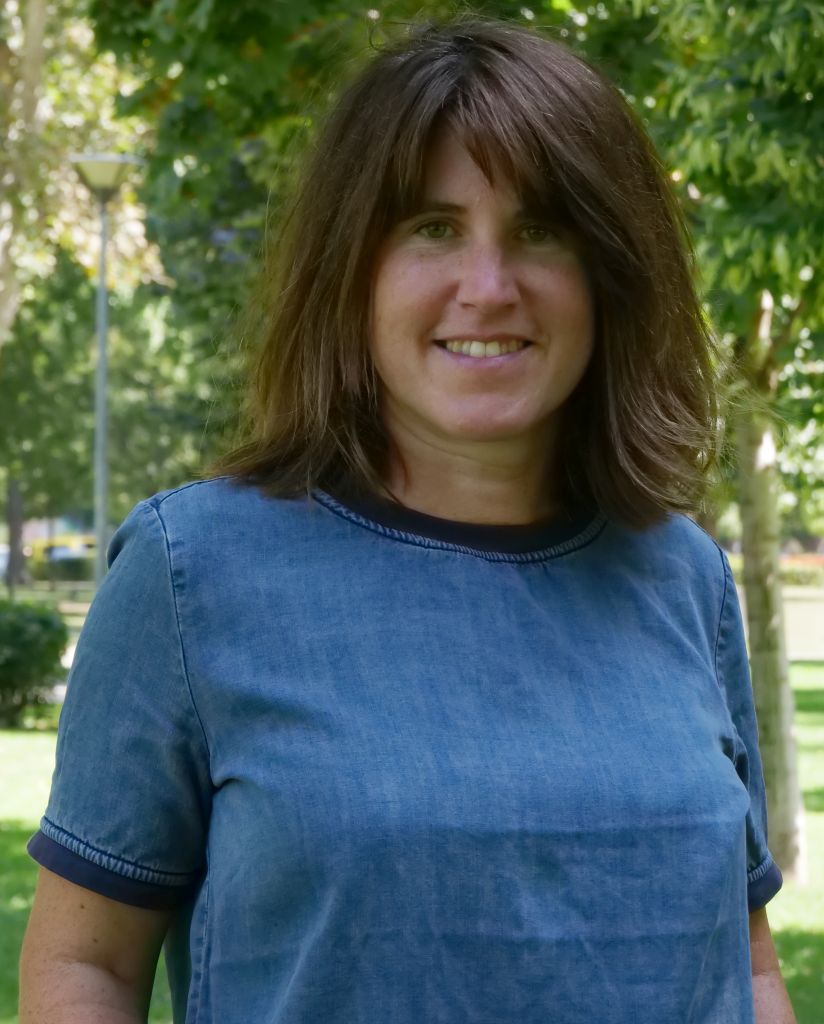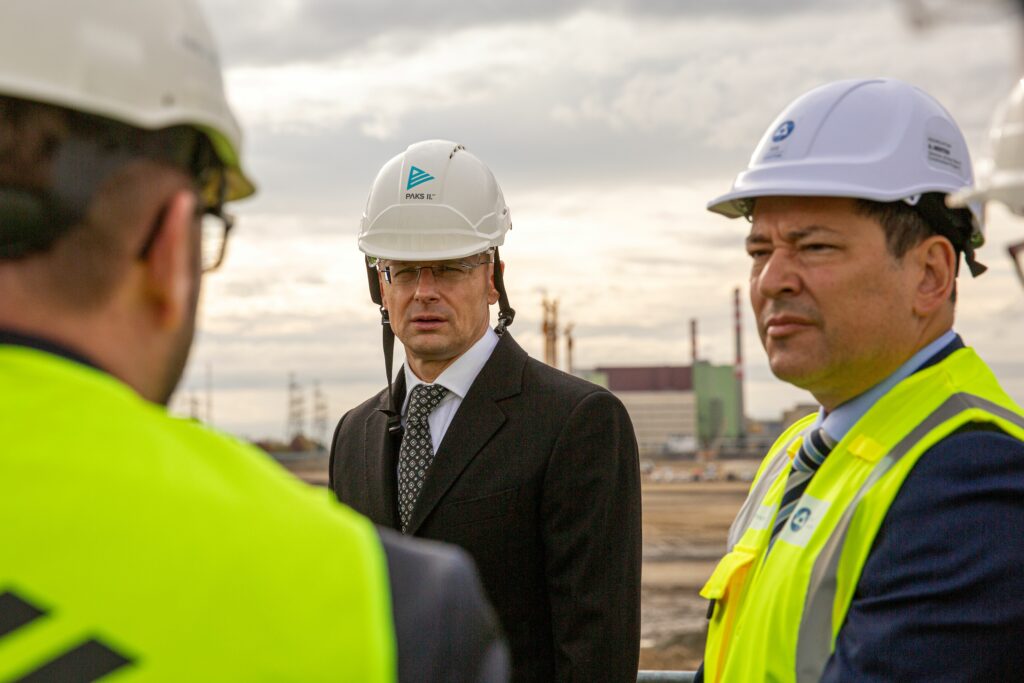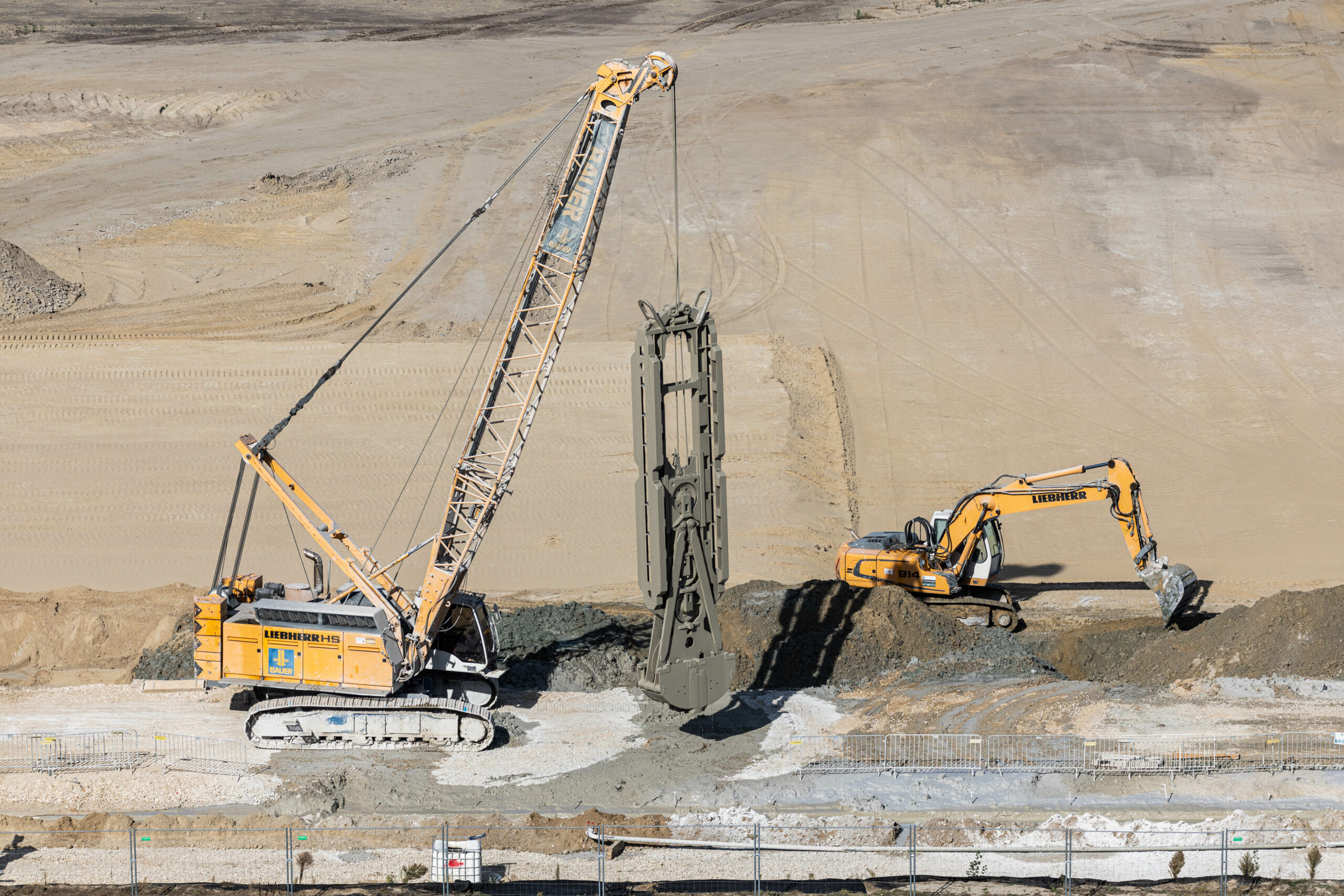The https://english.atlatszo.hu use cookies to track and profile customers such as action tags and pixel tracking on our website to assist our marketing. On our website we use technical, analytical, marketing and preference cookies. These are necessary for our site to work properly and to give us inforamation about how our site is used. See Cookies Policy
We are suing for the Paks II licensing documents, still no consensus on the risks of the tectonic fault line
The Hungarian Atomic Energy Authority (HAEA) granted a conditional construction permit for further excavation works at the planned site of the Paks II nuclear power plant. However, there is still a substantial disagreement between the experts of the responsible Austrian ministry and the Hungarian authority about the tectonic fault line and the related geological risks. In a freedom of information request, we asked for the licencing documentation that was submitted to the HAEA by the Paks II. Nuclear Power Plant Private Limited Company.
The company did not reply to us within the legal deadline, whereas the Authority explicitly refused to comply with our request. According to the HAEA “disclosure of the documentation would compromise or endanger public safety”. Based on the available information, however, we believe that at least a part of the documents could be made public, therefore we are launching a lawsuit for their disclosure.

The issue of the tectonic fault line at the Paks site has been covered by Átlátszó several times in the recent years: in 2017, we obtained the results of a geological research that seriously questioned the suitability of the site designated for the construction of Paks II. A 2016 geological study commissioned by MVM Paks II Zrt. found traces of earthquakes in several locations near the Paks NPP site that happened less than ten thousand years ago and caused displacements that reached the surface. This raises the risk of further ground displacements and, eventually, a possible earthquake. However, these results were only partially included in the documentation that the company submitted to the authorities during the site licence procedure.
Experts of the Environment Agency Austria and the relevant Austrian ministry have also been disputing about the case for several years. The ministry has even commissioned its own independent expert investigation which was published in 2021. It concluded that, taking into account the Hungarian legislation as well as international guidelines for nuclear safety, the site of the planned Paks II NPP is not suitable for a nuclear power plant.
During the bilateral meetings between the Austrian and Hungarian authorities, the Austrians have requested that Hungary carry out further, deeper and more detailed palaeoseismological investigations before excavation works continue. They also asked for permission for Austrian experts to carry out research on the site. According to our information, none of those have taken place.
“Reális a földrengés veszélye Paksnál” – Kurt Decker geológus a földtani kutatásról from atlatszo.hu on Vimeo.
Building licence in conditional tense
In a decision issued on 30 November 2023, the HAEA granted a permit to Paks II Ltd. that allows for further deepening the pit, however, with some restrictions. According to the decision, a total of 3 664 712 cubic metres of soil will be excavated during the construction works – a volume that would fit into approximately 1 466 Olympic swimming pools. However, the permit sets out so called ‘hold-back points’ meaning that excavation work can only start once Paks II Ltd. has met certain conditions.
For example, they will have to show the authority all elements that change in the design plans compared to the permit documentation. The company will also have to develop a monitoring system to measure, for example, the potential displacement of surrounding buildings and changes in groundwater levels during the works. (As stated in the HAEA decision as well, the area is considered sensitive in terms of groundwater resources.)
Paks II Ltd. will also have to demonstrate the adequacy of all elements of the planned drainage system, as according to the decision “the adequacy of the technical solutions for the drainage system described in the documentation could not be fully assessed, because some design data will only be available during the design phase”. In addition, they will have to declare that the next phase of construction will not compromise the safety of the existing Paks NPP facilities and certify the compliance of the completed structures before starting a new phase.
We have asked the HAEA why they issued the permit if the above information, which appears to be significant, was missing from the submitted documents, and how compliance with these requirements will be verified.
According to the authority, they could not refuse the application as the cases for refusal, as defined by the relevant law, were not met. “Please also note that it is usual for official procedures, including the present procedure, that the competent authorities give their consent bound to certain conditions, which does not mean that the client has not provided the necessary documents in sufficient detail.”
With regard to the above-mentioned conditions, the HAEA stated that “the correctness of the assumptions will be examined by the HAEA. The authority regularly monitors the construction activities at the site and will also carry out inspections of the soil excavation activities included in the permit. It will evaluate the data and information found during the inspections and will take action in case of non-compliance.”
“I trust the Atomic Energy Authority, because I have no other choice” – András Perger, Greenpeace’s Climate and Energy Campaigner, replied to our question. – “There are several requirements for the safe use of nuclear energy, one of which is an authority that possesses the necessary resources and an appropriate legal status. Nevertheless, while the ultimate responsibility always rests with the user of nuclear energy, e.g. the nuclear power plant itself, it raises questions that the HAEA is transferring, at least partly, responsibilities to the nuclear power plant that were previously held by the authority – and this is not the first time.”
The HAEA issued the implementation licence in conditional tense too. Paks II Ltd. applied for the licence in 2020, and the HAEA issued it on a conditional basis, defining so called hold-back points, in August 2022. The implementation licence will become final and valid when Paks II Ltd. reviews and resubmits the preliminary safety report and it gets accepted by the HAEA. This has not yet happened. Without the valid licence, the company was only allowed to start the foundation and excavation works at its own risks, and can continue (also at its own risk) with the excavation work, given that it succeeds to fulfill the requirements of the construction permit which has been issued on 30 November.
Disagreement between Austria and Hungary
The press office of the Austrian Ministry responsible (also) for climate and environmental affairs said to our inquiry: we regret that the Hungarian side apparently remains steadfast, without revaluating the geopolitical situation.
We would like to point out, that we cannot prevent nuclear power plants or their extensions in other countries, but we can demand compliance with rules and constant improvement of nuclear safety. While respecting national sovereignty as well as European and international law regarding national energy policies we do of course regret the commissioning of a new nuclear power plant in the Austrian neighbourhood. […] Seismic risk, knowledge of site geology, and seismic design are topics of great importance for the safety of a nuclear power plant. Therefore, Austria has devoted considerable attention to these issues for many years. We participated in the transboundary Environmental Impact Assessment (UVP) procedure for the Paks II nuclear power plant and are closely monitoring the approval process for this facility, examining relevant documents carefully. In this context, already many years ago, we initiated a project in which technical experts reviewed and assessed all publicly available evidence and publications on the seismicity of the site. This review and evaluation resulted in a comprehensive study. Given the sensitivity of the topic, we subjected this study to an international peer review. After international peer review the study was forwarded to the Hungarian Atomic Energy Agency and the Austrian side asked for in-depth discussions on this important topic. We discussed the issue of seismic hazards with the Hungarian side, and two technical expert workshops as well as a site visit took place in Hungary as part of the “Bilateral Nuclear Information Agreement.” Austrian and international experts at these meetings expressed concerns and directed relevant questions to the Hungarian side. From our perspective, the geological and geophysical data of the Geological Site Report and the Site Safety Report on Paks II NPP are not sufficient to reliably exclude the potential of a permanent surface displacement (fault capability) at the site. However, different views on the topic still persist. We continue to assume that the Hungarian side takes our concerns seriously and remain in close communication with the relevant authorities. the Hungarian side offered on several occasions that the Austrian experts will have the possibility to visit the construction site and we will come back to that offer as soon as the excavation work begins.”
According to the information sent to us by the HAEA “the bilateral agreement between Austria and Hungary is an expert forum, but the Austrian party is not considered a client in HAEA’s procedures. The HAEA is subject only to the law when performing its tasks under the Atomic Energy Act. It cannot be instructed, and it carries out its tasks independently from other bodies. In its procedures, the HAEA examines whether the application meets the requirements of the relevant legislation(s).
The opinion of the Austrian party did not contain any new information or data that would have changed the outcome of the procedure conducted by the HAEA. However, the HAEA has provided several expert forums to clarify the issues raised in the bilateral discussions and continues to examine the geotechnical issues in the related licensing procedures and in the evaluation of the test results.”
According to Gábor Timár, geophysicist, doctor of the Hungarian Academy of Sciences and head of department, there is no unified expert position on the issue; there are individual opinions among experts. In his view, “it would actually be possibly to carry out further research independently from the excavation works: three-metre long trenches on the western, northern and eastern side, outside the pit could be made at any time. In the south there are the existing nuclear power plant blocks, so that area should be left alone. Digging a pit that deep, so close to the existing blocks already raises a lot of questions.”
According to Timár, carrying out further research is relevant “because then the experts who are involved in the designing of the foundation would know where a line – if any – is located, whose two sides have different load capacity.”
Eight years of delay, and even the Avars might interfere
András Perger estimates the project’s delay at around eight years, based on recent Rosatom statements that indicated the beginning of 2025 as the actual start of construction works. “Of course, such announcements should be treated with criticism: in the case of Paks II, it has often been said that next year is the year”, added the Greenpeace campaigner.
In fact, there are several factors that could still influence the project. For example, as stated in the HAEA decision as well, previous investigations have identified several archaeological sites at Paks, including a Bronze Age urn cemetery, an Avar cemetery and a prehistoric settlement, which means that archaeological remains are likely to be found at the site.
According to András Perger, the Hungarian authority is likely to be under great psychological pressure:
“I suspect that the European Commission and the nuclear regulators of EU countries are watching with a wary eye how HAEA is proceeding with the Paks II issue, as the Russians has never licensed a reactor in an EU country. While the Finns were in the process of licensing the Hanhikivi nuclear power plant, also planned to be built by Rosatom, the HAEA was in a comfortable position: if the Finns had licensed it, HAEA would probably have an easier time now. However, the Finns pulled out of the project after the war in Ukraine started (but they had already had many objections to the quality of the documents submitted by the Russians and other shortcomings), so the situation has changed enormously for HAEA.”
Meeting our request “would endanger public safety”
The geological risks had previously raised the possibility of moving the site further away. The HAEA, however, has told us that the plans submitted to them do not show any change in the location of the blocks.
As we could not find the documentation that had been submitted to the HAEA, we requested it from both parties concerned in a freedom of information request. The Paks II Ltd., however, did not even reply within the legal deadline, whereas the HAEA explicitly refused to comply with our request. According to the HAEA “disclosure of the documentation would compromise or endanger public safety”. In other words, according to the HAEA the public interest is to hide the documents from the public. Based on the information available for us, we believe that at least a part of the requested documents could be disclosed, and we are therefore suing the Hungarian Atomic Energy Agency.
Written and translated by Orsolya Fülöp, the Hungarian version of this story is available here. Cover photo: Meeting of Péter Szijjártó, Minister for Foreign Affairs and Alexey Likhachev, CEO of Rosatom in Paks, on November 14, 2023. Photo: Paks II. Ltd.


